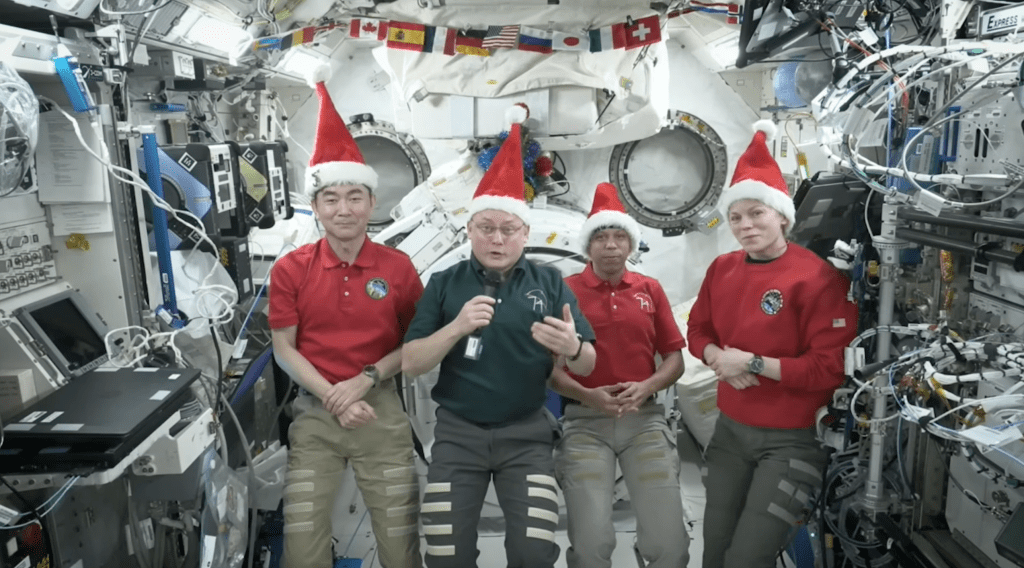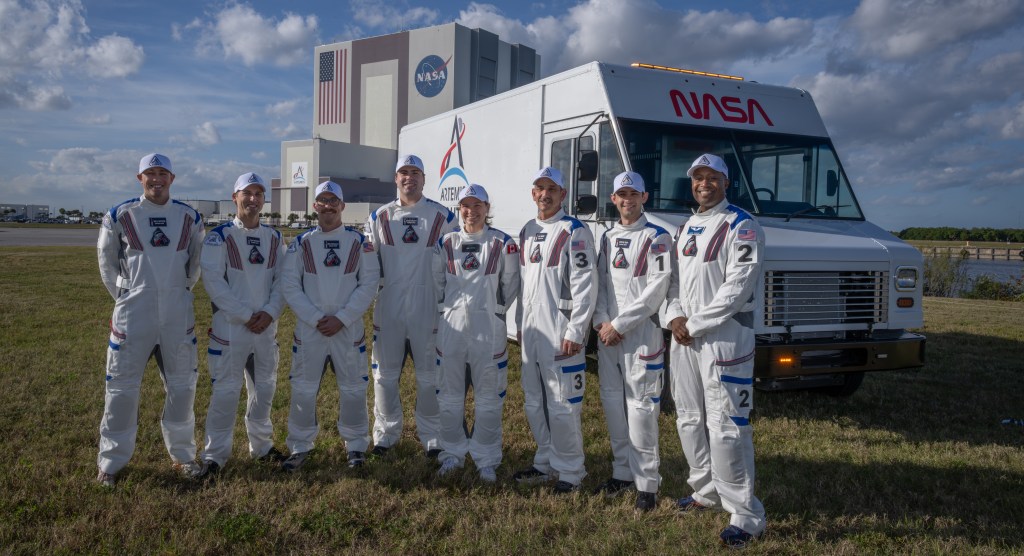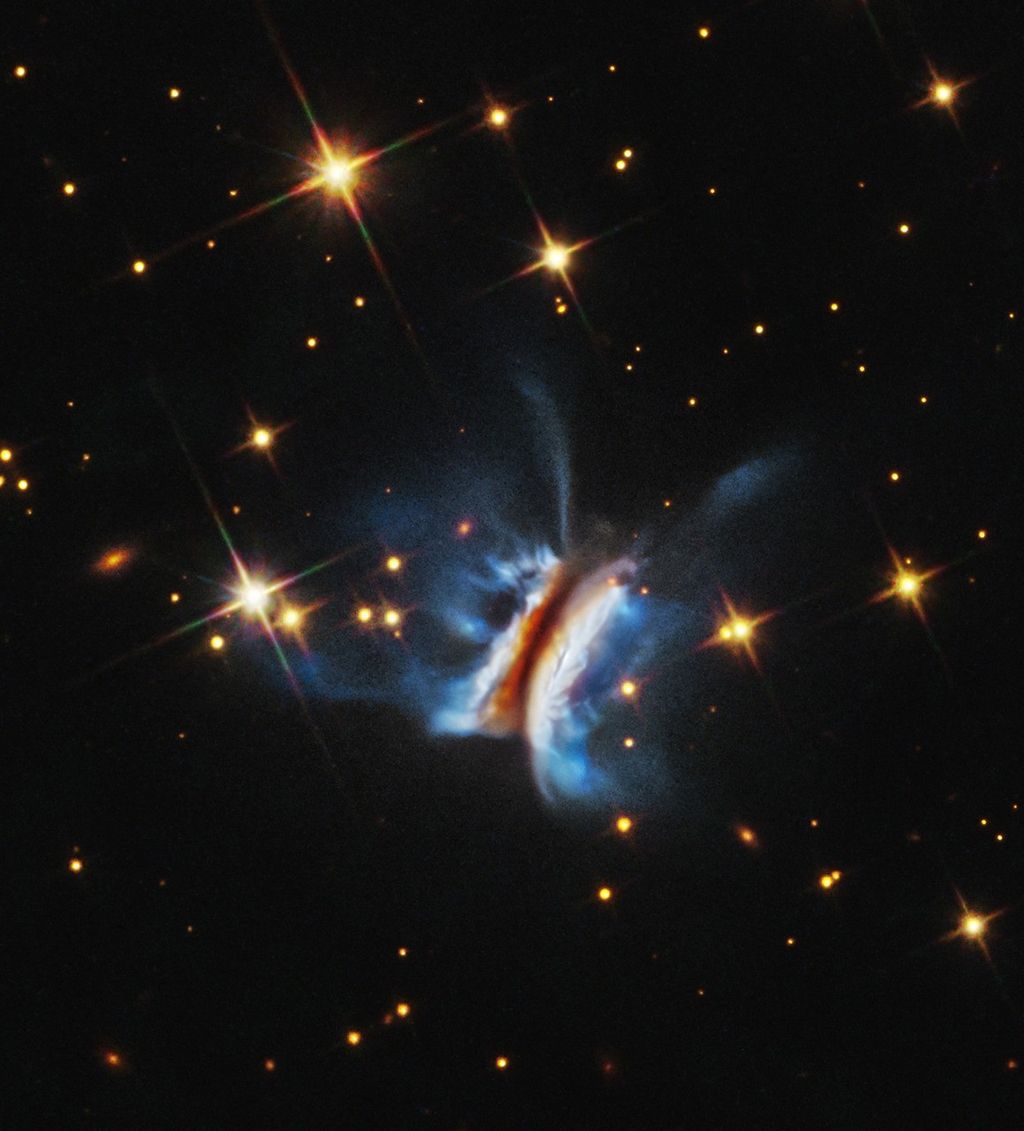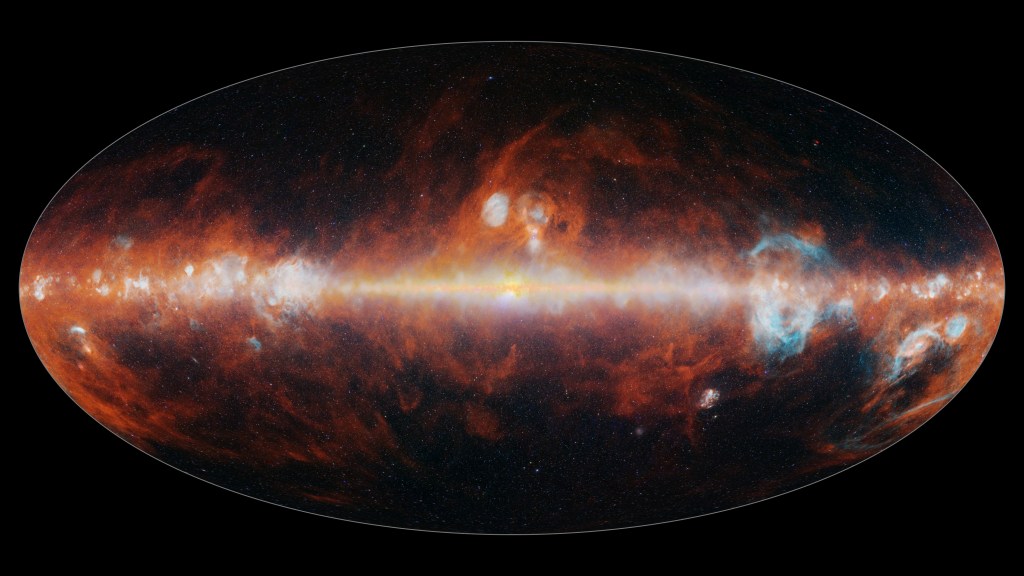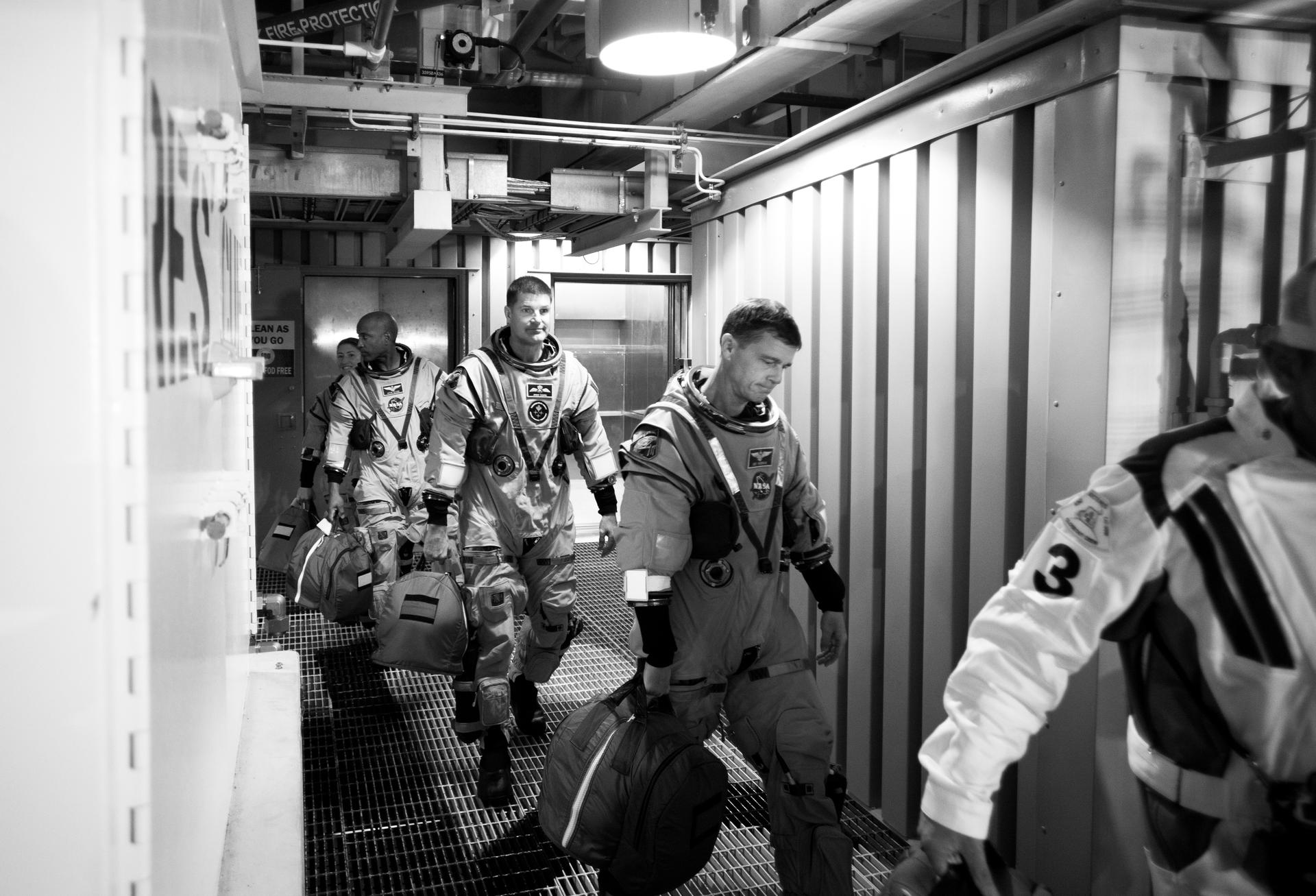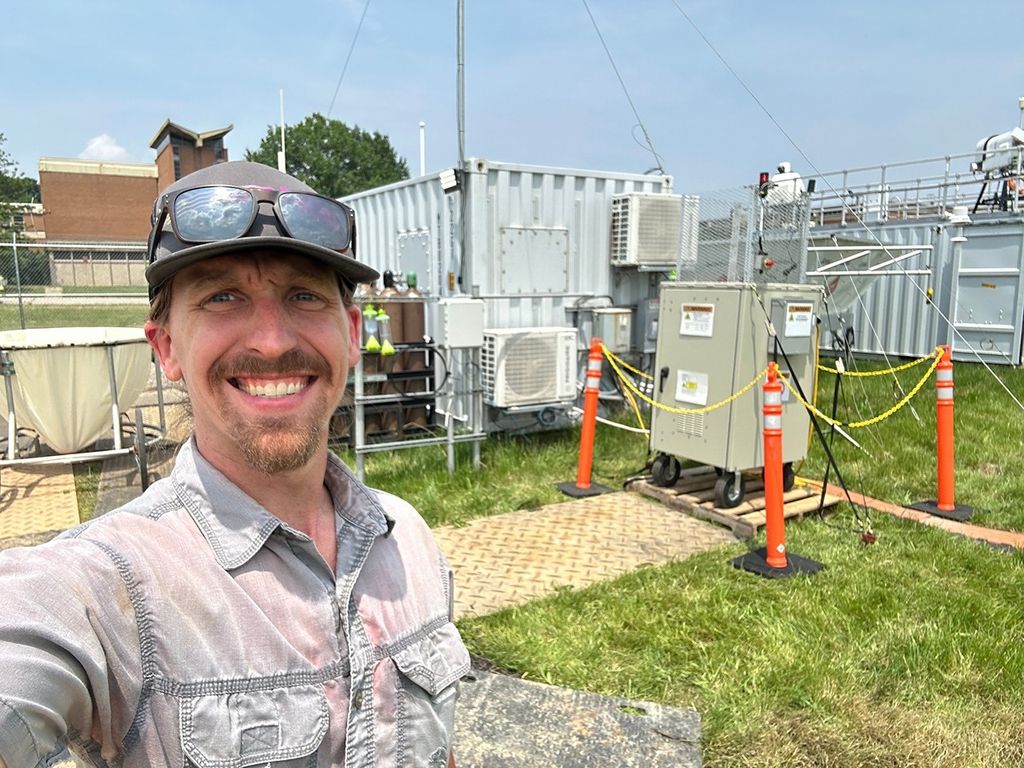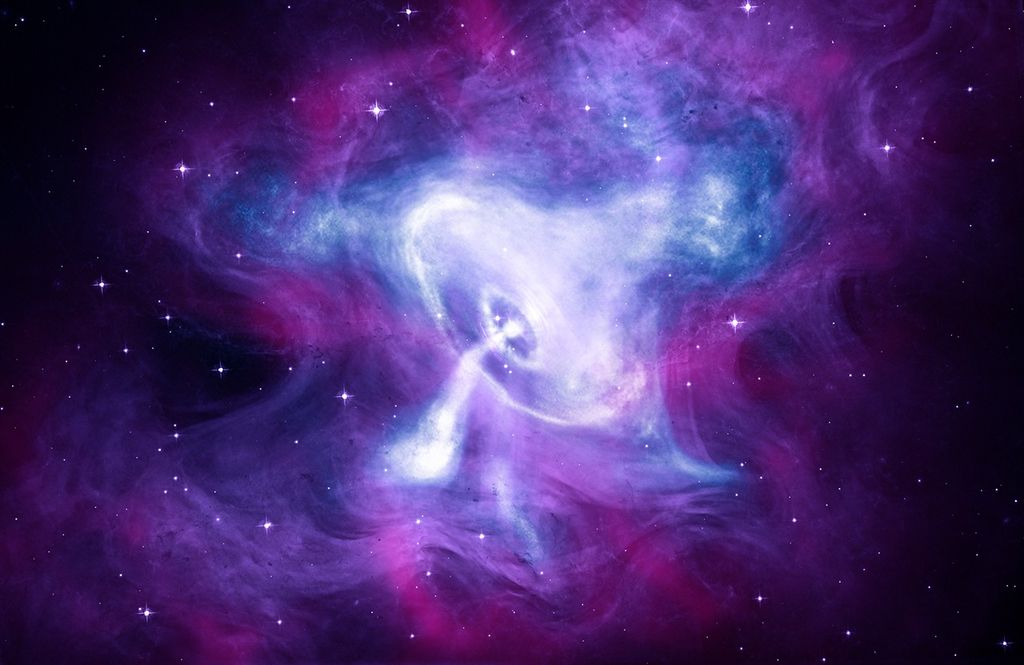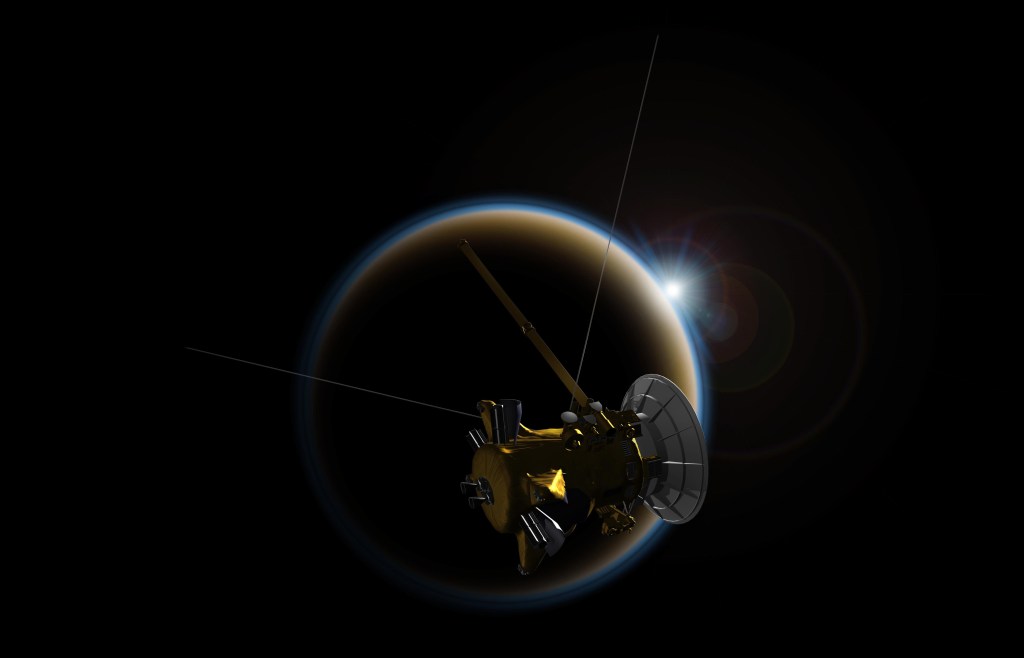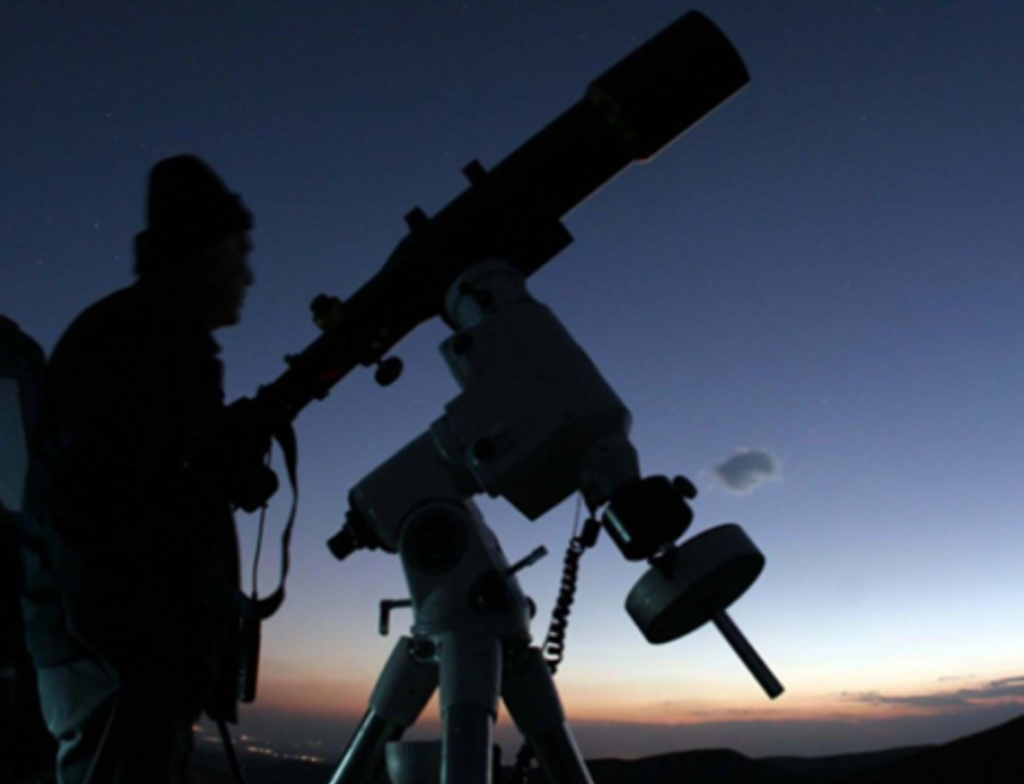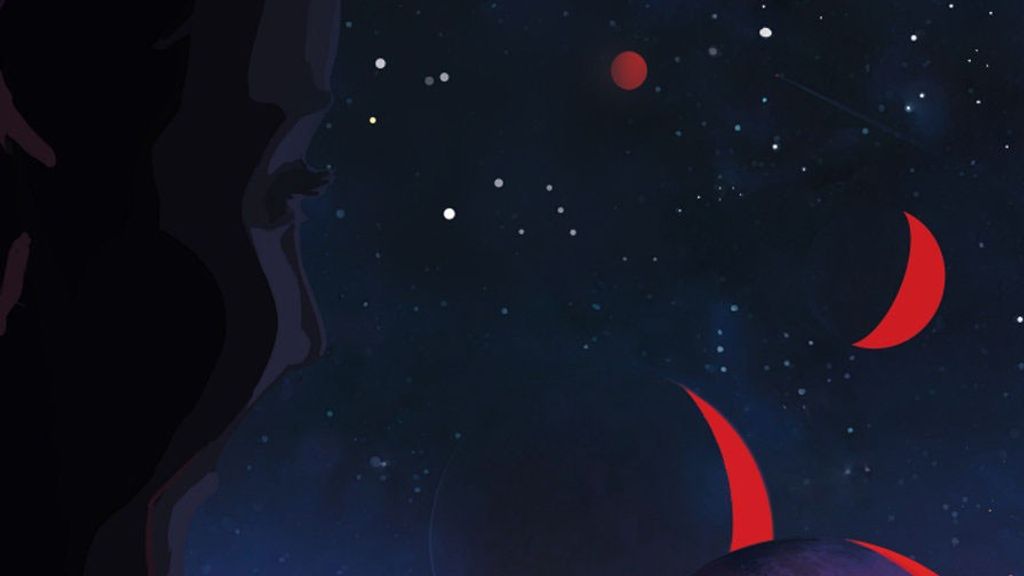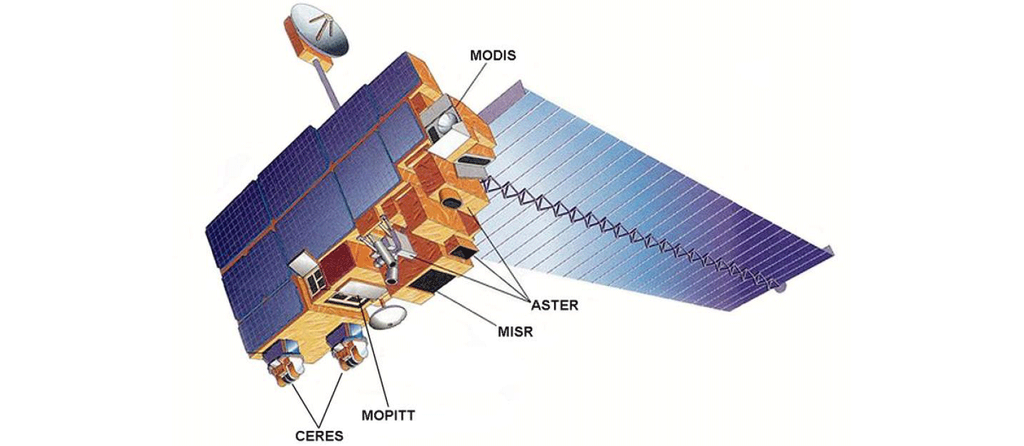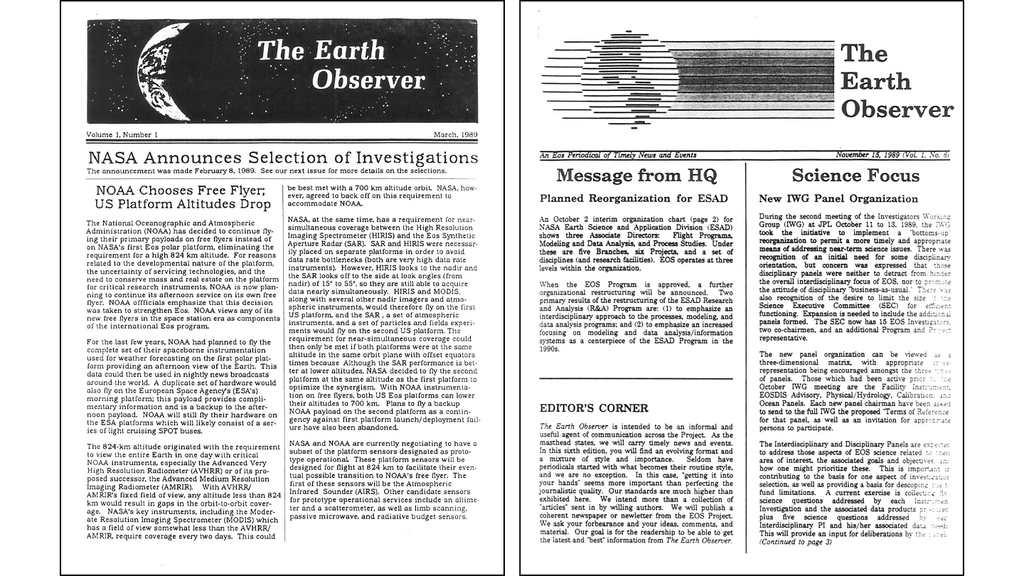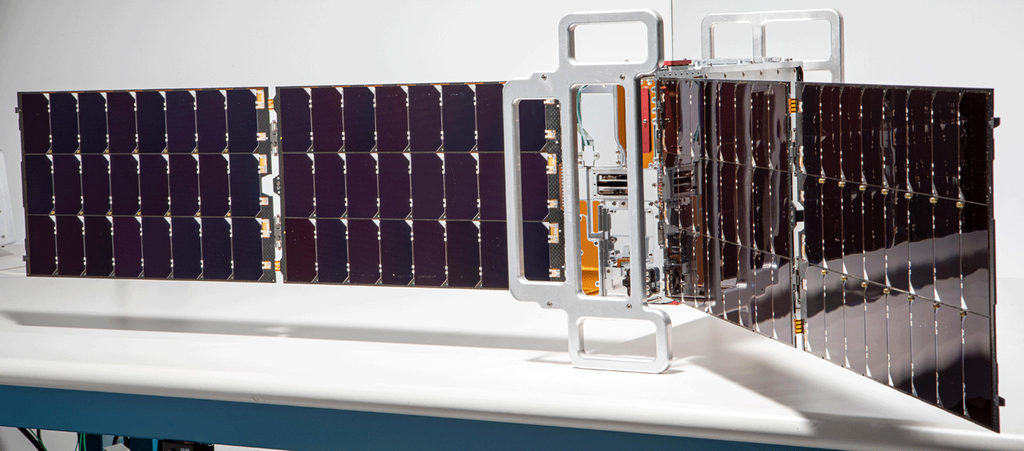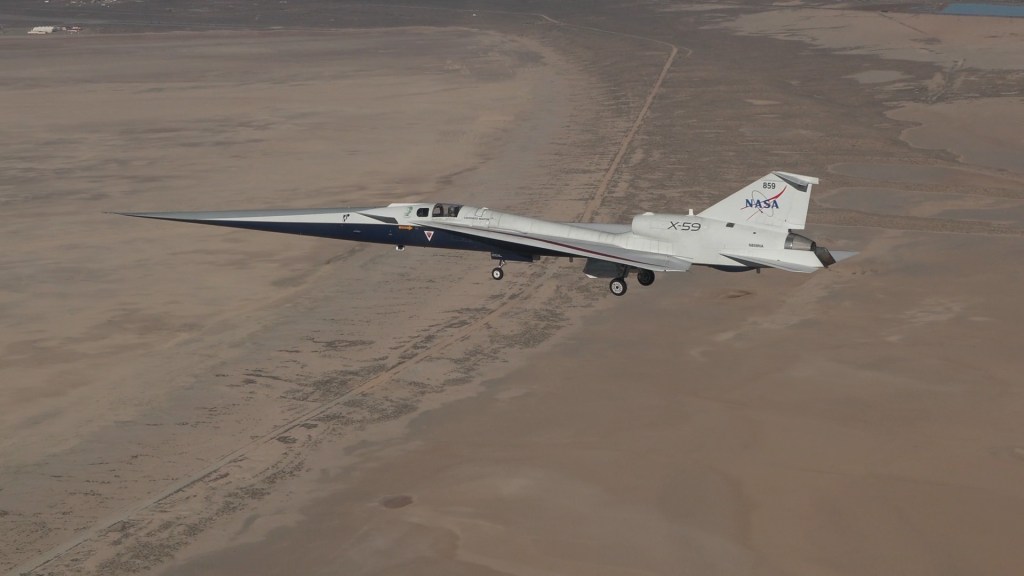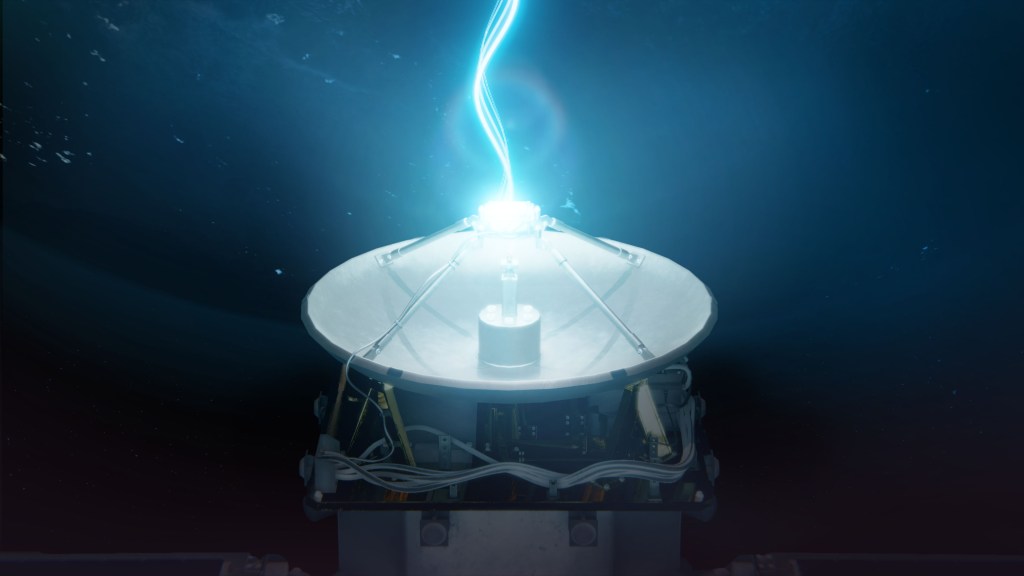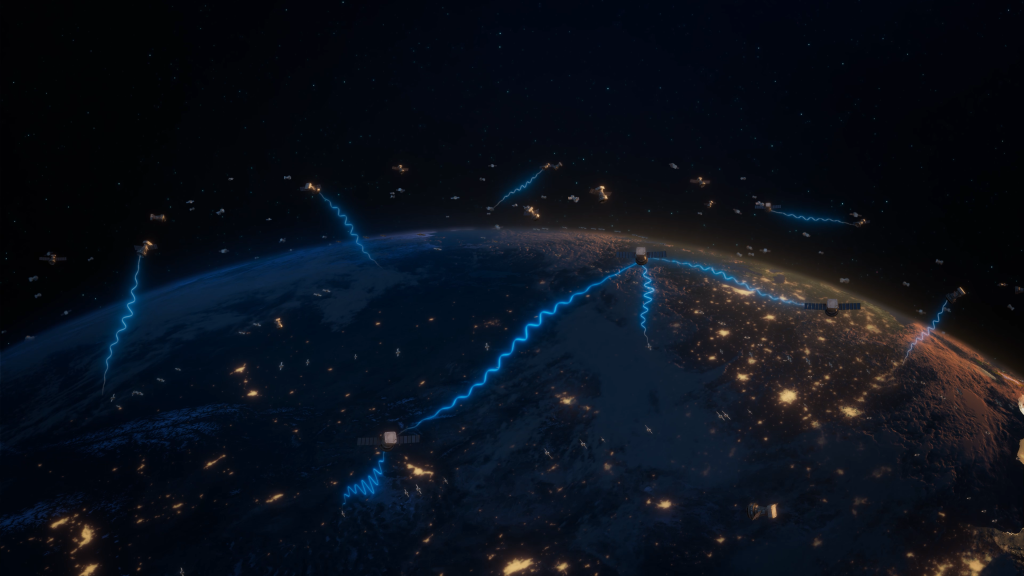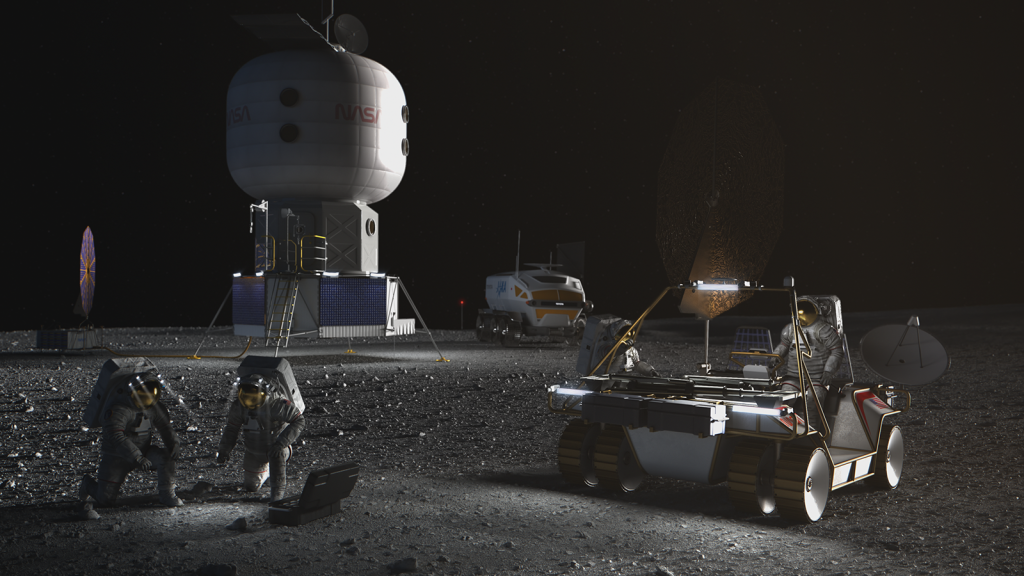NASA-NOAA Satellites Find Smoke Complicates Wildfire Lightning Risk
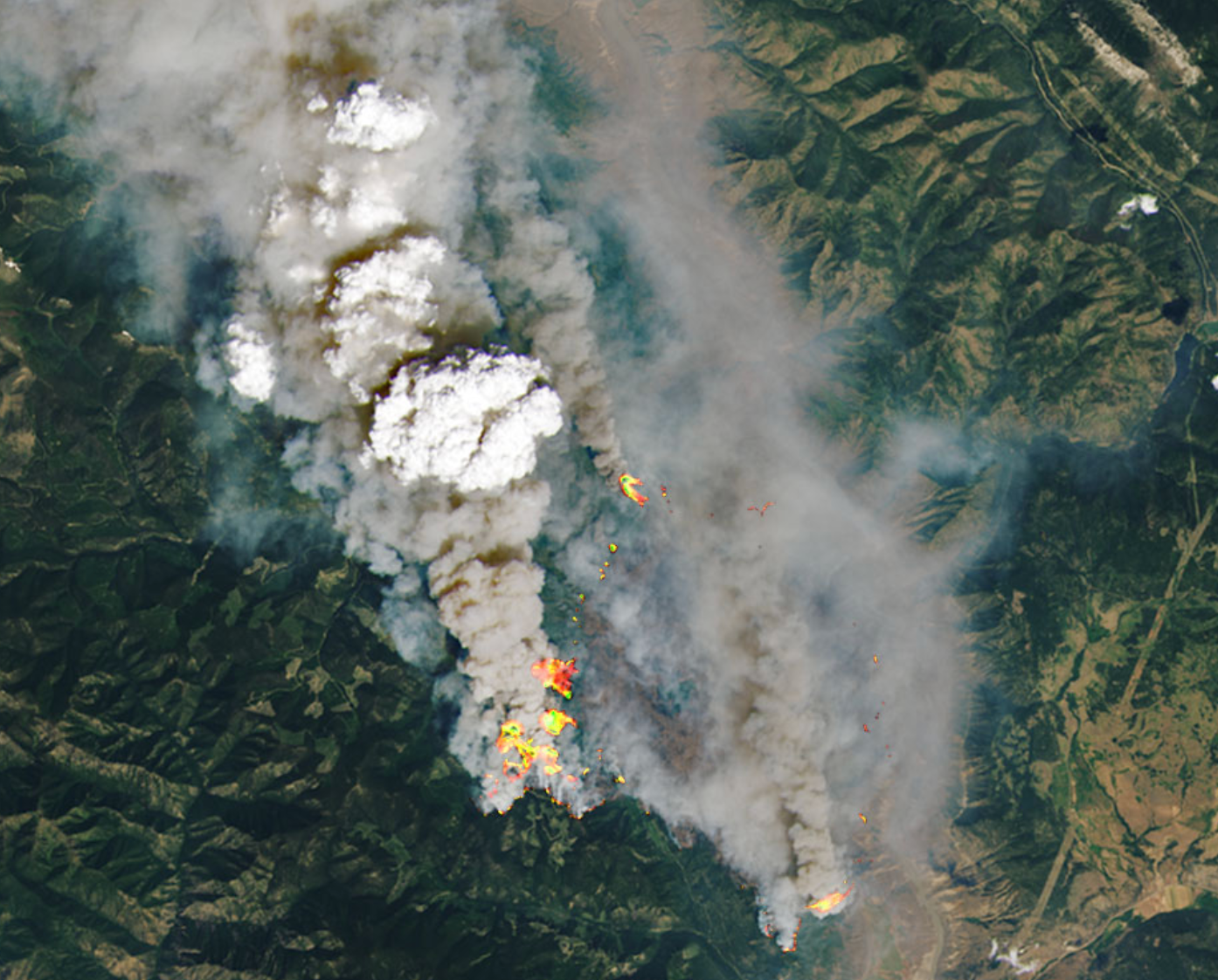
Heat rising from wildfires can create clouds that produce extreme amounts of lightning, but this doesn’t necessarily increase the risk of secondary fires. The mixed blessings of lightning activity over wildfires are the subject of a study in JGR Atmospheres of data from the massive Sparks Lake fire in British Columbia in June 2021. Researchers examined data from the NASA-NOAA (National Oceanic and Atmospheric Administration) Suomi National Polar-Orbiting satellite and NOAA’s Geostationary Operational Environmental Satellite fleet.
Heat from the fire created a cloud, known as a pyrocumulonimbus, that produced 5,600 lightning strikes in five hours. However, many of them were cloud-to-cloud strikes rather than the cloud-to-ground strikes that could ignite more fires. What’s more, the smoke appeared to reduce the energy in the cloud-to-ground strikes, further decreasing the likelihood of sparking fire.
It’s not yet clear how the net danger changes when there are more lightning strikes, but the risk per strike of starting more fires goes down. It will take further studies and more satellite data to say for sure.
~James Riordon

